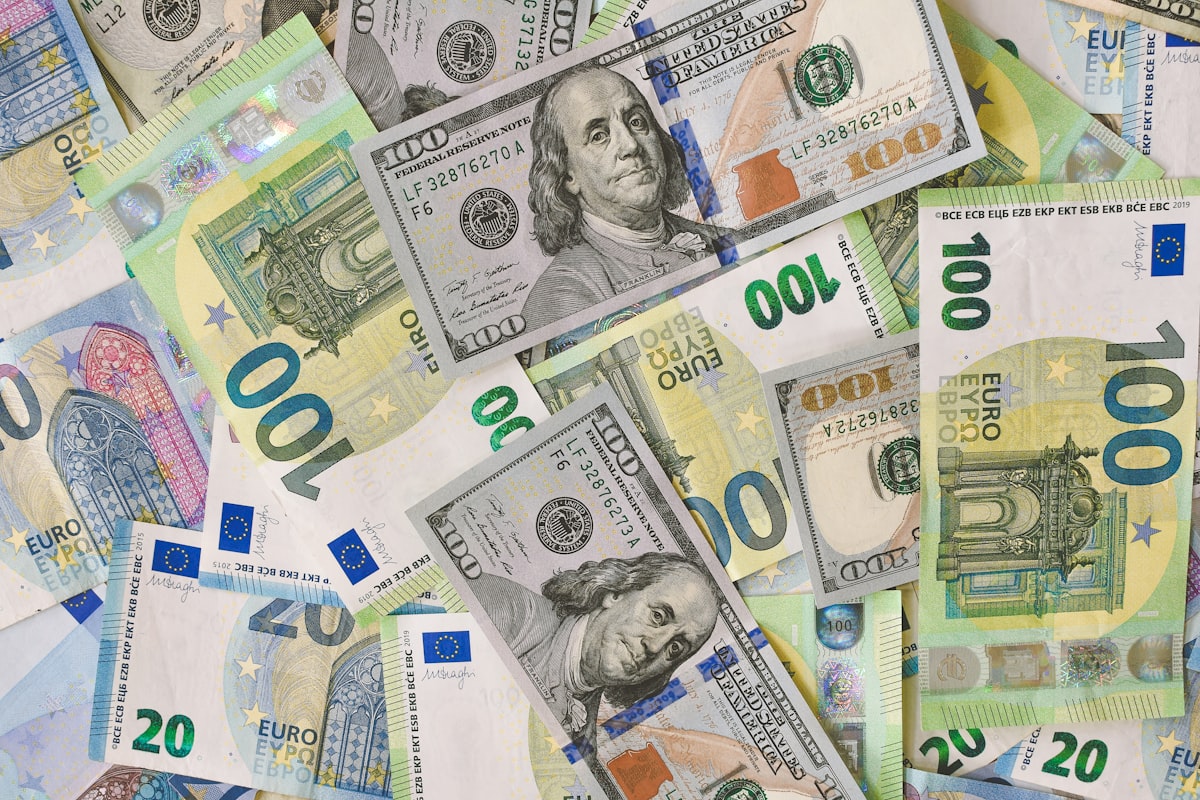Demand Generation vs. Lead Generation: What's the Diff?

Demand generation is the process of creating awareness and interest in your product or service. Lead generation, on the other hand, is the process of identifying and nurturing prospective customers who show interest in your product or service.
The two terms are related of course, and tightly woven into your marketing.
But which comes first, how do the two efforts interact, and why does it matter?
Demand Generation vs. Lead Generation
Demand generation and lead generation are two terms that are often used interchangeably in the marketing industry, but they are actually two different processes that serve different purposes for the organization.
What is demand generation in B2B SaaS marketing?
In business-to-business (B2B) software as a service (SaaS) marketing, demand generation is the process of creating brand and product awareness, and then nurturing prospective customers until they are ready to purchase a product or service.
A successful demand generation strategy will identify the target audience, create relevant content that speaks to their pain points, and distribute that content through multiple channels.
The goal of demand generation is to generate more leads for sales teams to work with, and ultimately to close more deals.
What's the best demand generation strategy?
The most successful demand-generation strategies are built on a foundation of research into the target audience, effective messaging, and creative marketing tactics.
While there is no one-size-fits-all solution for demand generation, certain elements are essential for any successful strategy.
- Understand your audience
What is your customer struggling with? What are they trying to do but can't?
Anything that creates substantial friction in their lives is creating conflict. By speaking directly to that pain point, you plant the seeds of a relationship you can then nurture. - Show up
Understanding what your customers are struggling with is the beginning. Now you need to show up in their lives consistently.
By showing up consistently and demonstrating you understand their struggles you plant the seeds of solution. - Offer something of value
The highest-performing demand generation strategy provides value for the prospect well before they ever become a customer.
What can you provide that helps your prospective customer make progress in their lives? - Offer to help
- Help them succeed
- Congratulate them on their success
Demand generation is a holistic approach that includes everything from initial awareness all the way through to conversion resulting in a sales pipeline full of qualified leads.
What is lead generation in B2B SaaS Marketing?
Lead generation is the process of attracting and converting strangers into potential customers. The goal is to generate leads that your sales team can then follow up with and hopefully convert into paying customers.
There are a number of ways to generate leads, but some of the most effective include
- Referrals, word-of-mouth, reputation
- Cold calls and direct sales outreach
- Content marketing (email, newsletters, blogging, guest posting, editorials, etc.)
- Video and visual marketing (webinars, tutorials, walk-throughs, teardowns, etc.)
- Social Media (LinkedIn is especially helpful, but other channels work too)
- Search engine optimization (SEO), and
- Online advertising.
By building brand awareness, and recognition, and creating helpful, informative content, SaaS companies can attract visitors to their websites who may not have otherwise found them.
Once on the website, these visitors can be converted into leads through subscription forms, free demos, or other calls-to-action CTAs.
What is conversion in B2B SaaS marketing?
Conversions are the actions people take while interacting with your brand across a variety of marketing channels.
In B2B SaaS, a conversion could be when your prospective customer signs up for your email newsletter, downloads a lead magnet, or signs up for a demo, or trial subscription.
Every action that leads your prospect to the next step in your lead generation process counts as a conversion.
The ultimate conversion, of course, is when your prospect becomes a paying customer.